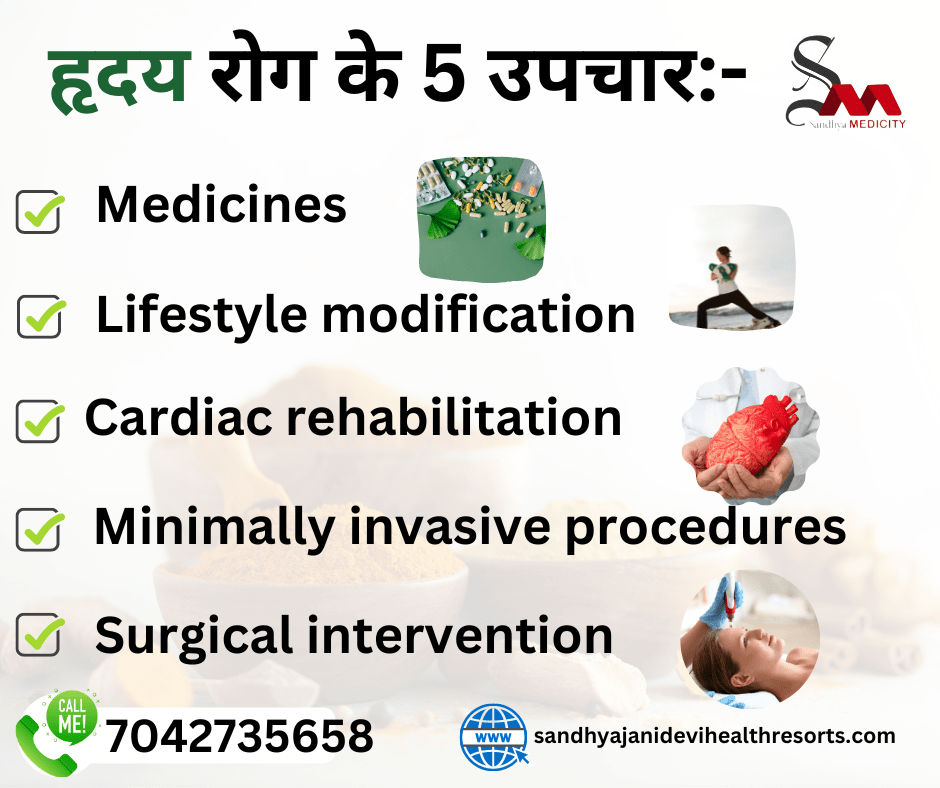What are 5 treatments for heart disease?
We strive to bring you the most accurate and valuable information on health and wellness. 5 Treatments for Heart Disease Today, we’ll be discussing an important topic that affects millions of people around the world: heart disease. Explore five highly effective treatments for heart disease Treatments for Heart Disease: Medicines One of the primary treatment approaches for heart disease involves the use of medications. Doctors may prescribe drugs such as statins to control cholesterol levels, which can help prevent plaque build-up in the arteries. Other commonly prescribed drugs include beta-blockers, which reduce blood pressure and stress on your heart, and antiplatelet drugs, which help prevent the formation of blood clots that can lead to heart attacks. Lifestyle modification Along with medications, making important lifestyle changes can have a significant impact on your heart health. Regular physical exercise, such as cardiovascular activities such as jogging or swimming, can strengthen your heart muscle and improve overall circulation. A carefully planned and balanced diet is also essential. Choosing heart-healthy foods such as fish, fruits and vegetables while avoiding excess sodium and trans fats can help lower cholesterol and blood pressure. Cardiac rehabilitation Cardiac rehabilitation is a comprehensive program designed to assist individuals recovering from heart disease or surgery. It combines exercise training, educational sessions, and counseling to provide a holistic approach to recovery. Cardiac rehabilitation programs often work with individuals to improve their exercise tolerance, teach stress reduction techniques, and promote lifestyle changes for optimal heart health. Minimally invasive procedures Minimally invasive procedures may be recommended to treat heart disease. One such procedure is angioplasty, where a catheter with a small balloon is inserted into the blocked artery and then inflated to widen it, thereby improving blood flow. The other option is stenting, where a small mesh tube is inserted into the artery to keep it open. These procedures can provide quick relief and reduce the need for open-heart surgery. Surgical intervention In more severe cases, surgical intervention may be necessary. Coronary artery bypass grafting (CABG) is a common surgical procedure where healthy blood vessels from other parts of the body are grafted to bypass blocked or narrowed arteries. This redirection of blood flow allows for better circulation, relieving symptoms and reducing the risk of heart attack. Valve replacement surgery, such as aortic or mitral valve replacement, can reduce the symptoms of heart disease and improve overall heart function. Conclusion:- There are many effective treatments available for heart disease, be it through lifestyle modification, cardiac rehabilitation, minimally invasive procedures or surgical intervention. It is important to note that each treatment approach should be tailored to an individual’s specific condition and discussed with a qualified healthcare professional. Remember, prevention is key, so adopting a heart-healthy lifestyle and seeking necessary medical care can help reduce your risk of heart disease and improve overall heart health.
What are 5 treatments for heart disease? Read More »


